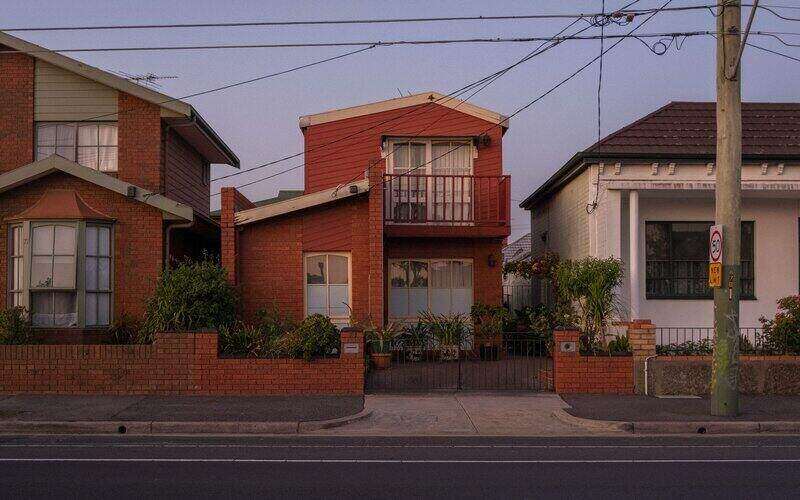
Average loan-to-value ratios (LVRs) on new home loans dropped to around 80% last fiscal year in Australia’s eastern states, PEXA’s latest Buyer Deposit Report reveals.
The median deposit size for those purchasing NSW property was around $120,000 – up nearly 4% year-on-year.
That of Victoria dropped 0.5% to close to $85,000 while in Queensland, the median deposit soared 8.5% to just over $78,000.
“Our research found average LVRs peaked at around 83% at the end of 2020 during the onset of the COVID pandemic, meaning homebuyers needed to put down a deposit of only 17%,” PEXA head of research Mike Gill said.
“However, as lenders have tightened credit standards in response to increased interest rates, LVRs have trended downwards, increasing the deposits required.
“Coupled with high property prices, home buyers now need to work for at least two years longer to save for their home deposits.”
Looking to the capital cities, the median deposit for Sydney property last financial year was around $145,000.
Melbourne’s median deposit came in at $94,000 while Brisbane’s was slightly under $85,000.
Rising deposits are partially due to higher house prices and partially because lenders’ benchmark serviceability tests have risen alongside the nation’s cash rate.
The Reserve Bank of Australia (RBA) hiked the cash rate by 325 basis points over the course of last fiscal year to sit at 4.10% at financial year 2023’s end.
It has since implemented one more hike, bringing the rate to 4.35% as of November.
The majority of lenders will assess whether a borrower could meet their repayments if interest rates were around 3.00% higher than the advertised rate.
However, it appears that the major banks are more willing to lend to borrowers with higher LVRs.
“We found LVRs were higher among the major banks compared to non-major lenders, which suggests that the major banks are more open to lower deposit borrowers due to their visibility of borrower's income and expenditure via existing banking relationships,” Mr Gill said.
In line with falling LVRs, the number of buyers making use of lenders mortgage insurance (LMI) also dropped last fiscal year.
Victoria saw the largest percentage of buyers utilising the insurance product, at around 57%, while nearly 52% of Queensland buyers and 50% of NSW buyers bought with the help of LMI.
That’s down from around 65% across the eastern states in 2020.
Meanwhile, property prices have been accelerating – a trend that doesn’t appear likely to abate.
The recent ANZ CoreLogic Housing Affordability Report found affordability decreased in 2023 and will likely worsen further in 2024.
“Looking ahead to 2024, housing affordability will likely be shaped by the trajectory of interest rates, potential shifts in housing demand and the state of the construction sector,” the report read.
“There is unlikely to be much relief in interest rate or home value declines, and improvement in affordability must come from deliberate efforts to increase housing supply.”
And first home buyers might be the most impacted group.
PEXA noted that, unless first home buyers are able to access financial help from ‘the bank of Mum and Dad’ – and more have been in recent times – or government assistance, they might be priced out of the property market.
Sydney families earning a median wage will now need to save 15% of their income for eight years in order to garner the city’s median deposit.
Melbourne families have it slightly easier, tipped to save for five and a half years, while those in Brisbane could be saving for five years.
“[The increase in time it takes to save a deposit] has made the generational wealth gap more apparent, with younger demographics facing growing challenges to enter the property market,” Mr Gill said.
Image by Cameron Tidy on Unsplash.
Collections: LMI guides Buying a home Property News



Share